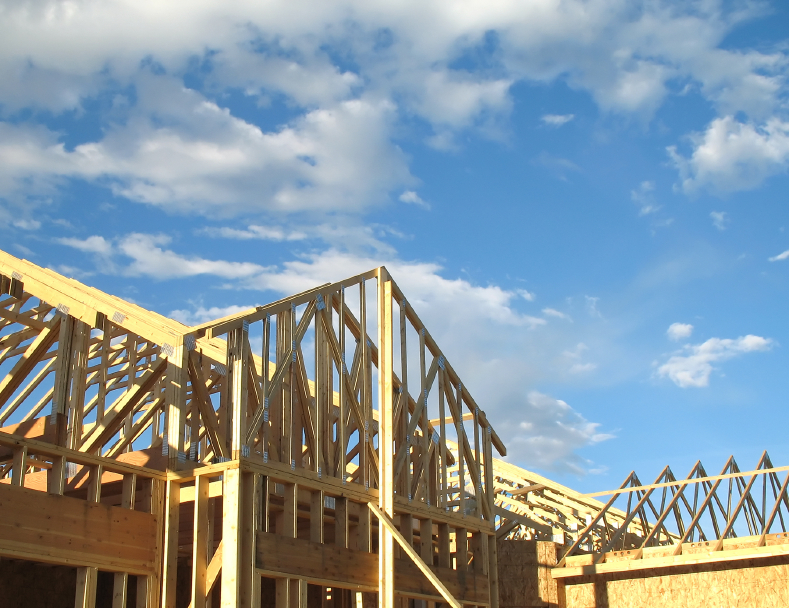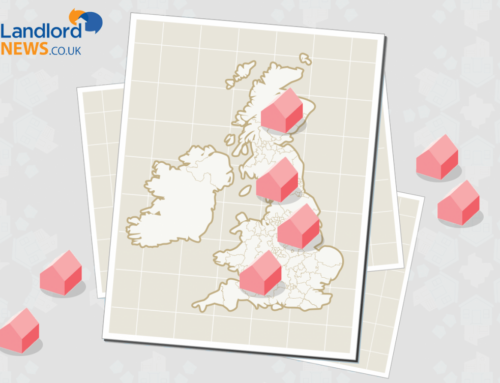Home » Uncategorised »
Housing Minister Reveals New House Building Target
This article is an external press release originally published on the Landlord News website, which has now been migrated to the Just Landlords blog.

The Government has revealed that it has set a target of building one million homes in England by 2020, as the housing crisis worsens.
The National Housing Federation (NHF) estimated that 974,000 homes were needed between 2011-14. However, data from 326 councils shows that just 457,490 were built.
The Housing Minister, Brandon Lewis, says that the Government aims to create one million new homes during this Parliament, but the Labour Party insists the Conservatives have failed on housing.
The NHF says around 245,000 new homes are needed every year in England.
Director of Policy and External Affairs at the NHF, Gill Payne, explains the need: “In some areas there is a drastic shortage causing prices to soar, putting homes out of the reach of many people.
“Families and young people across the country are crying out for genuinely affordable homes so they can put roots down and achieve their dreams of owning a home.
“Skyrocketing rents and ballooning house prices are eating up more and more of people’s wages and forcing people out of their local communities or into smaller, lower quality housing.
“We haven’t built enough homes in this country for decades, and if the gap between the number of households forming and the number of new homes being built continues to grow, we are in danger of not being able to house our children.”
Several factors have been blamed, from planning procedures being too slow to developers holding large sections of empty landlord, but not building on it.
In 2012, the Government introduced changes to the National Planning Policy Framework, hoping to make the planning process easier and quicker.
In 2014, 240,000 planning applications were given detailed permission, compared to 158,000 in 2011.
However, critics have said the change made it easier for “inappropriate and unwanted”1 developments to progress.
They also believe the rise could be due to low numbers of applications caused by the financial crisis in 2008.
Housing charity Shelter says a shortage of land was the reason for low levels of planning approvals, while others have turned on developers that build slowly.
Property Economist at Capital Economics, Matthew Pointon, explains that by keeping the number of new homes available low, the price of these properties can be set high.
Earlier in the year he said: “By building them more slowly it means they [the developers] can maximise the value of their assets.”2
Other reasons include a shortage of skilled labour, a huge drop in the amount of councils building new homes and regulations limiting housing associations.
Homes of the future
Dr Philip Oldfield and the Sustainable Tall Buildings Design Lab at the University of Nottingham have been working on the types of homes needed to meet housing shortages in the next 40 years.
They have come up with ideas for the new houses we could see in 2050.
They have developed alternative schemes, from vertical villages to flat pack housing.
The university’s Dr Mark Gillott says: “We need the ability to provide housing en masse, there is a huge housing crisis at the moment.”3
Lewis wants to make it “easier” for people to develop, “especially on brownfield sites”.
He adds that further changes to planning rules would form a “principle of development” on brownfield sites, helping councils decide whether or not to grant permission.
The Campaign to Protect Rural England calculates there is enough brownfield land to build 1.8m new homes.
Lewis continues: “Ultimately, it is up to local authorities to look at what their housing needs are and where they feel it is appropriate to build. I trust local people to get that right.”3
He says schemes like Help to Buy, through which the Government helps first time buyers, should give developers the confidence that their homes will be sold.
Payne reports that the NHF would like housing associations to build more.
She says: “Last year, housing associations built 50,000 homes, 40% of all new homes across the country, and they have ambitions to work in partnerships with Government to vastly increase this.”3
John Healey, Labour’s Shadow Housing Minister, adds: “Ministers making big promises about homes in the future won’t wash anymore.
“People have seen five years of failure with Conservatives in charge of housing.”3
1 http://www.bbc.co.uk/news/uk-politics-30489929





